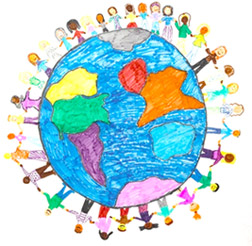Crayon Crafts
Celebrate the iconic Crayola Crayon with easy crayon & melted crayon crafts!
46 Results: Everything
Sort By


Celebrate the iconic Crayola Crayon with easy crayon & melted crayon crafts!